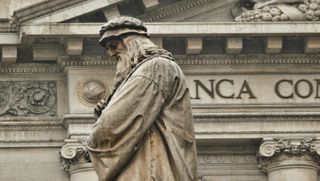Italy has been the epicentre of European art for centuries, with Italian artists contributing a massive amount of work to our cultural history. If you were to ask someone to name a famous artist or a famous painting, it’s highly likely that one of the names on this list would be the first to spring to mind!From the time of the Roman Empire we are left with sculptures and relics that have great historical significance, through to the cultural explosion of the Renaissance and to the modern day – Italy’s impact on art has been incredibly substantial!
Read on to find out more about the top 10 famous Italian artists,
many of whom you already know and love!
1. Leonardo da Vinci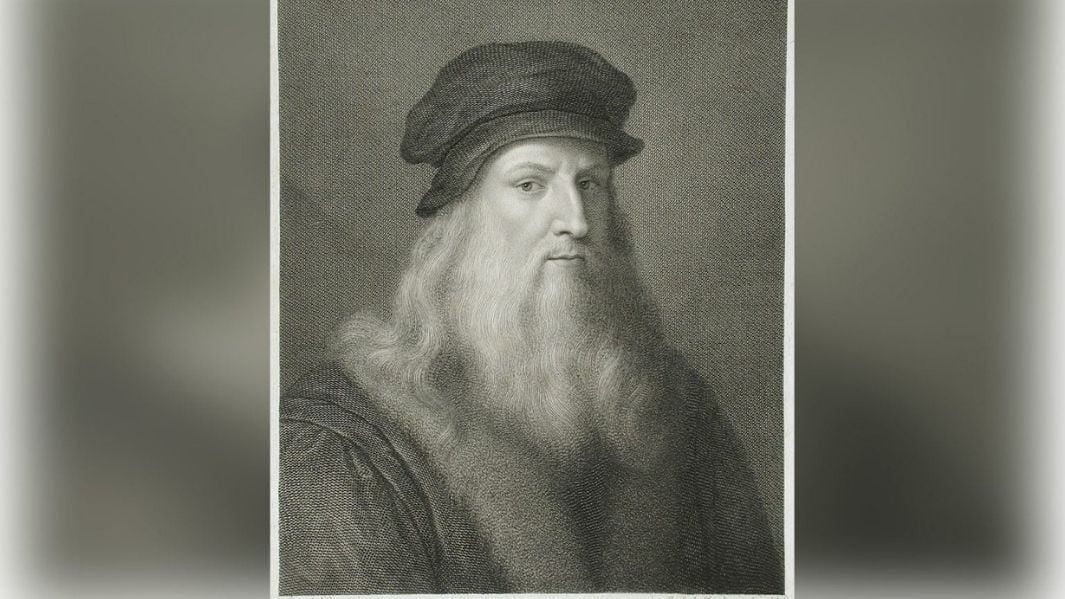 Considered one of the greatest painters of all time, Leonardo da Vinci was also a polymath, an engineer, a scientist, a sculptor, and much more – a true Renaissance man! Despite fewer than 25 of his works surviving, his paintings are some of the most famous in the world – with the Mona Lisa being the most famous portrait ever, and The Last Supper is the most reproduced religious painting.A little known fact about da Vinci is that – despite being known worldwide as a genius – he never received any formal schooling, as he was completely homeschooled!
Considered one of the greatest painters of all time, Leonardo da Vinci was also a polymath, an engineer, a scientist, a sculptor, and much more – a true Renaissance man! Despite fewer than 25 of his works surviving, his paintings are some of the most famous in the world – with the Mona Lisa being the most famous portrait ever, and The Last Supper is the most reproduced religious painting.A little known fact about da Vinci is that – despite being known worldwide as a genius – he never received any formal schooling, as he was completely homeschooled!
2. Michelangelo Merisi da Caravaggio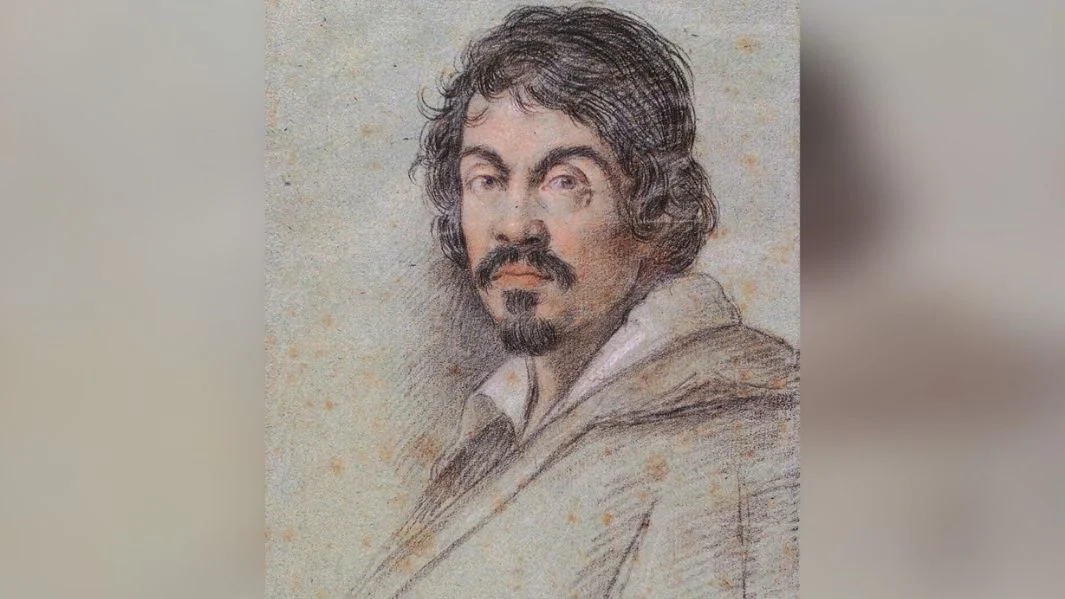 The leading Italian painter of the late 16th and early 17th centuries, Caravaggio is best known for the intense, and sometimes uncomfortable, realism of his large religious works. Orphaned at a young age after his entire family contracted the bubonic plague, Caravaggio was taken on as an apprentice in an art studio at the tender age of 12.His work had a great influence on the development of Baroque painting techniques, especially his dramatic use of lighting.This has gained Caravaggio the status of a Baroque master, and he is still admired today – not least by Pope Francis!
The leading Italian painter of the late 16th and early 17th centuries, Caravaggio is best known for the intense, and sometimes uncomfortable, realism of his large religious works. Orphaned at a young age after his entire family contracted the bubonic plague, Caravaggio was taken on as an apprentice in an art studio at the tender age of 12.His work had a great influence on the development of Baroque painting techniques, especially his dramatic use of lighting.This has gained Caravaggio the status of a Baroque master, and he is still admired today – not least by Pope Francis!
3. Titian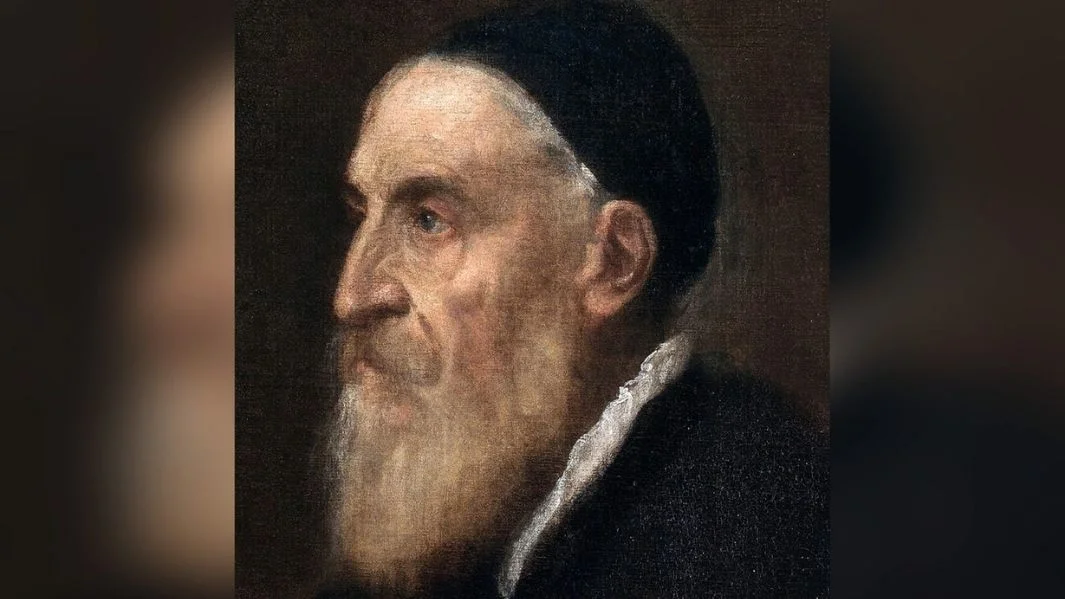 Known as Tiziano Vecelli in Italian, Titian was an Italian painter during the Renaissance era and is considered the greatest member of the 16th century Venetian school of painting. He was an incredibly versatile painter, adept with portraits, landscapes, and mythological and religious subjects. He was incredibly popular during his lifetime, with his art sought after by Italian princes, the royal house of the Habsburgs, and the papacy.Around 300 of his works still exist today, housed around the world in art galleries and museums.
Known as Tiziano Vecelli in Italian, Titian was an Italian painter during the Renaissance era and is considered the greatest member of the 16th century Venetian school of painting. He was an incredibly versatile painter, adept with portraits, landscapes, and mythological and religious subjects. He was incredibly popular during his lifetime, with his art sought after by Italian princes, the royal house of the Habsburgs, and the papacy.Around 300 of his works still exist today, housed around the world in art galleries and museums.
4. Raffaello Sanzio da Urbino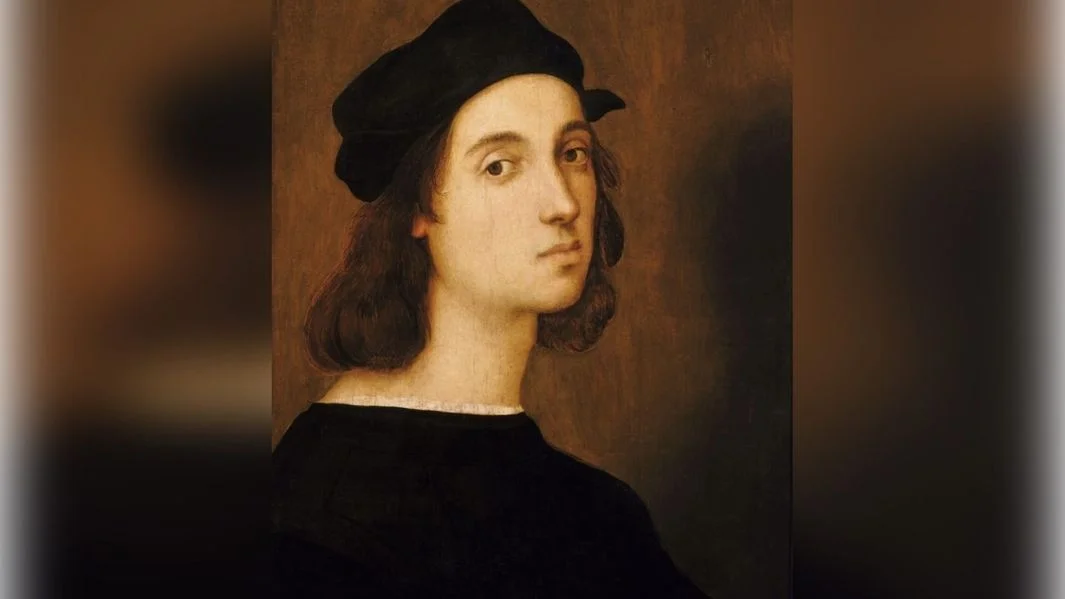 Better known simply as Raphael, Raffaello Sanzio da Urbino was another great Italian painter of the High Renaissance. His work was influenced by Leonardo da Vinci, as he incorporated the use of dynamic movement and chiaroscuro (intense contrast between light and dark) in his pieces.Considered one of the great masters of the Renaissance, Raphael’s work is most admired for its clarity of form and composition, as well as his depiction of the Neoplatonic ideal of human grandeur.
Better known simply as Raphael, Raffaello Sanzio da Urbino was another great Italian painter of the High Renaissance. His work was influenced by Leonardo da Vinci, as he incorporated the use of dynamic movement and chiaroscuro (intense contrast between light and dark) in his pieces.Considered one of the great masters of the Renaissance, Raphael’s work is most admired for its clarity of form and composition, as well as his depiction of the Neoplatonic ideal of human grandeur.
5. Michelangelo di Lodovico Buonarroti Simoni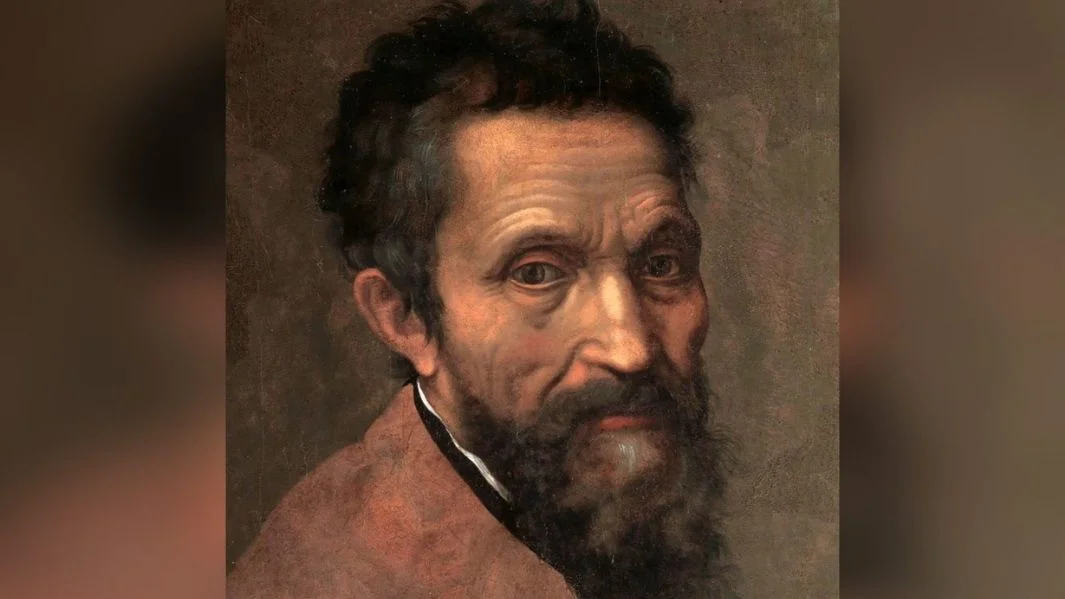 Considered the archetypal Renaissance man, Michelangelo’s artistic versatility has resulted in his work being known worldwide and made him one of the most famous Italian artists.A sculptor, painter, architect and poet, Michelangelo’s greatest works are also considered some of the greatest artistic works to have ever been created – think the David sculpture, housed in the Galleria dell’Accademia, or his depiction of Genesis on the ceiling of the Sistine Chapel.What you might not know, however, is that Pope Julius II actually selected Raphael (the two were rivals at the time) to paint the ceiling of the Sistine Chapel originally, but Raphael convinced the Pope to commission Michelangelo instead – hoping to prove that Michelangelo was not as great a painter as he was!
Considered the archetypal Renaissance man, Michelangelo’s artistic versatility has resulted in his work being known worldwide and made him one of the most famous Italian artists.A sculptor, painter, architect and poet, Michelangelo’s greatest works are also considered some of the greatest artistic works to have ever been created – think the David sculpture, housed in the Galleria dell’Accademia, or his depiction of Genesis on the ceiling of the Sistine Chapel.What you might not know, however, is that Pope Julius II actually selected Raphael (the two were rivals at the time) to paint the ceiling of the Sistine Chapel originally, but Raphael convinced the Pope to commission Michelangelo instead – hoping to prove that Michelangelo was not as great a painter as he was!
